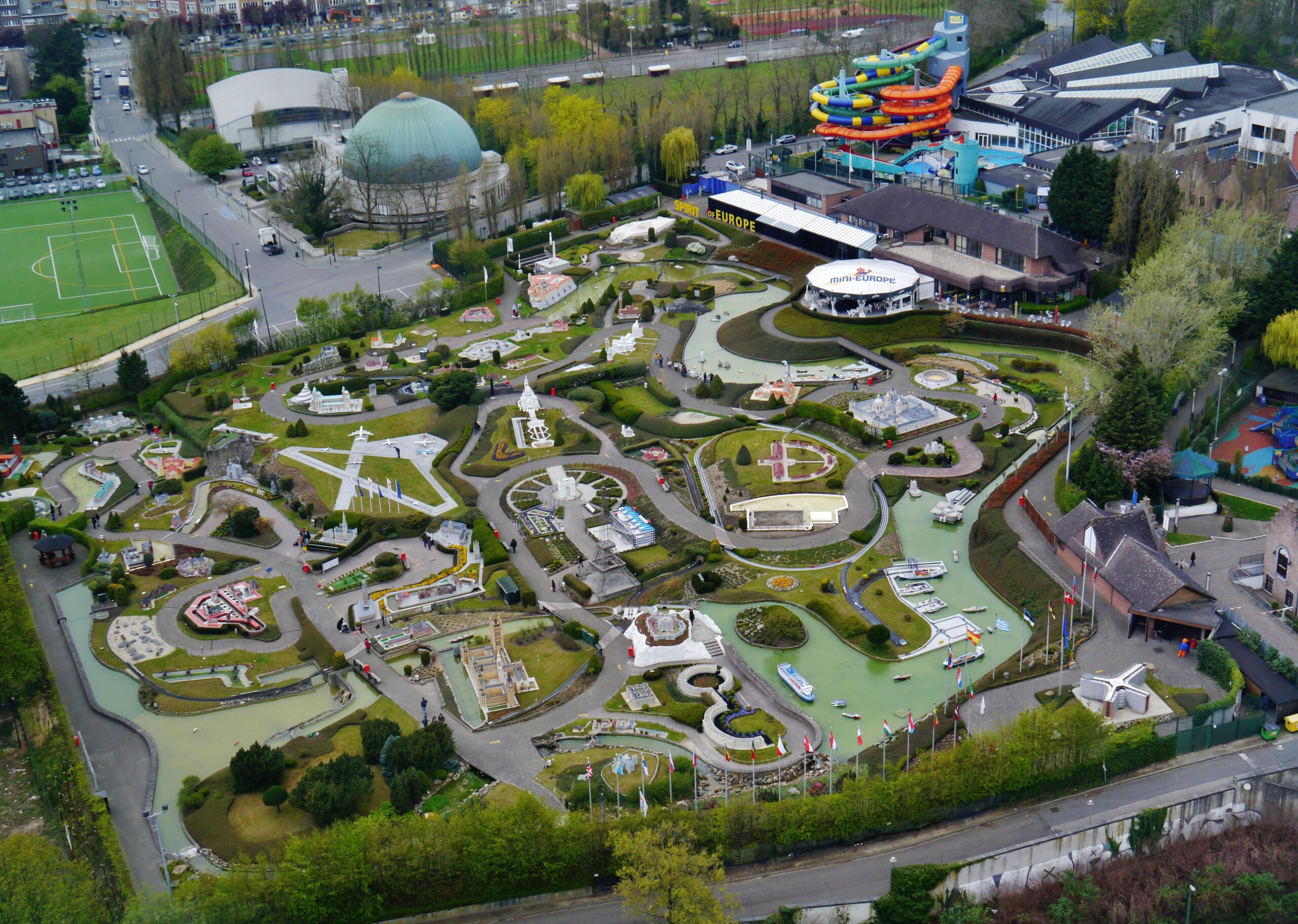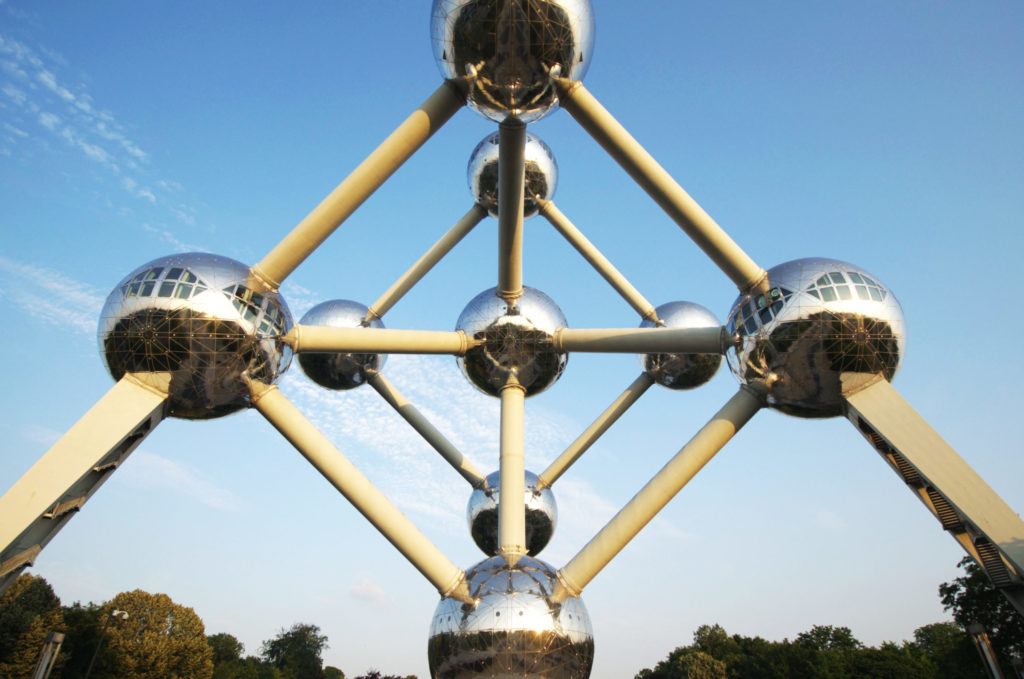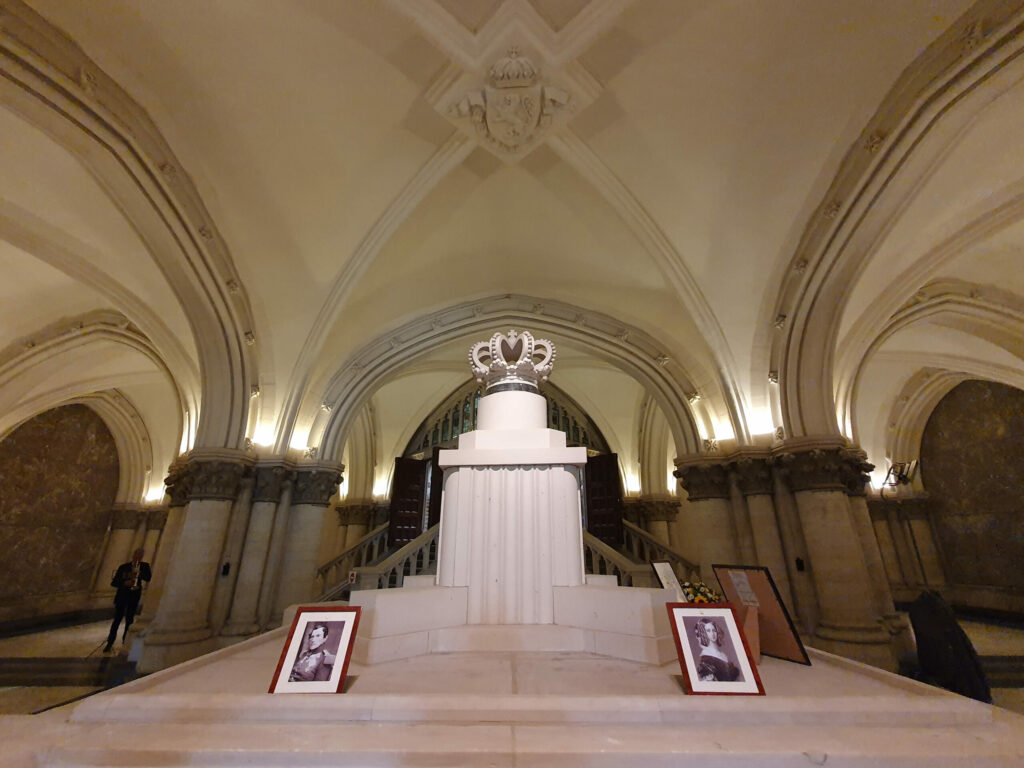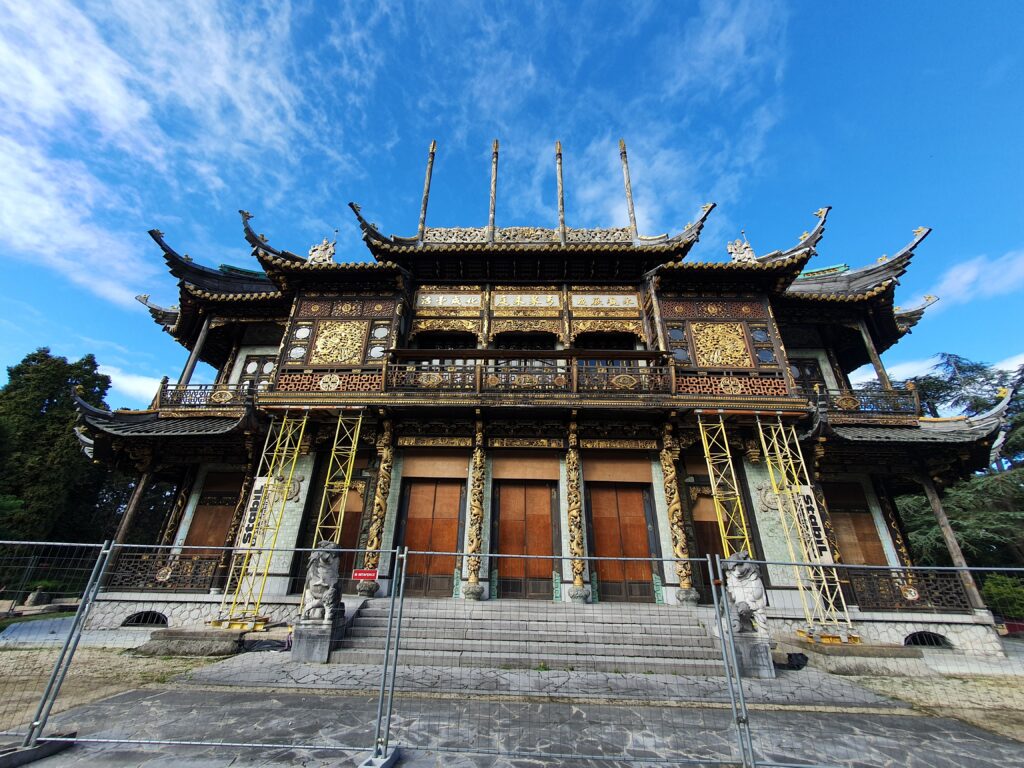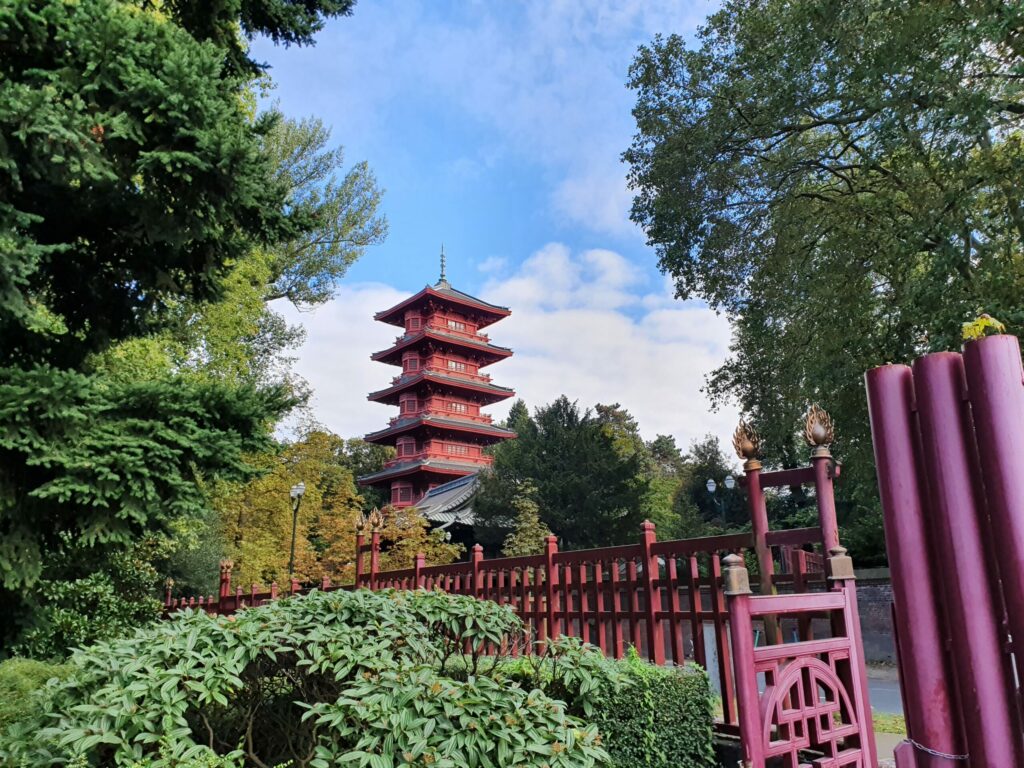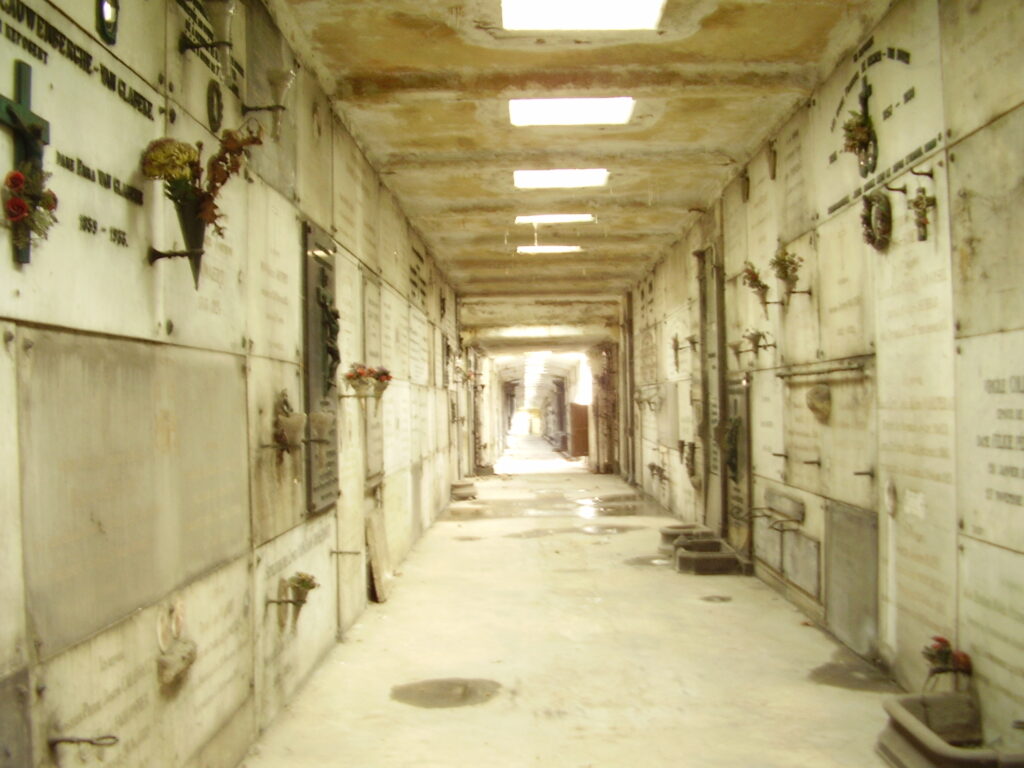
Mini-Europe is a miniature park located in Bruparck, at the foot of the Atomium.
Galerie photos
Description
The European Union Miniature Park features 1:25 scale replicas of famous EU landmarks, with around 80 cities and 350 houses on display. Some of the park’s high-quality models cost up to €400,000.
The park also features numerous attractions, such as a train, windmills, an eruption of Mount Vesuvius, an Airbus, and wire-guided trucks. A guide provides details on all the monuments.
The park, which covers 24,000 square meters, also presents the history of Europe and its values, heritage, and current events. A guidebook in 11 languages provides detailed information on the monuments, countries, and the EU, as well as numerous anecdotes.
History
The idea for Mini-Europe was proposed in 1986 by a Dutch businessman who envisioned a miniature park on the Heysel site. After bringing the Brussels Regional Investment Company on board, he withdrew from the project due to financial difficulties. The Brussels Regional Investment Company then contacted the Walibi group, led by Eddy Meeùs, to become a co-shareholder by acquiring the shares of the former designer.
In June 1988, Walibi purchased the project, which required an initial investment of €10 million. Prince Philippe of Belgium inaugurated the park on June 1, 1989, with Thierry Meeùs at the helm. Mini-Europe was not as profitable as Walibi’s other amusement parks, with revenues of between €2.5 and €3 million in the early years.
The first models visible to visitors were the Monastery of El Escorial, the Palace of Westminster, Nyhavn in Copenhagen, the Grand Place in Brussels, the Arc de Triomphe de l’Étoile, the Tower of Pisa, the Parthenon, and the Brandenburg Gate. Until 2018, no monuments from Rome were featured in the park, but the Trevi Fountain was added in 2019.
The 2020 season was, as everywhere else, impacted by the COVID-19 pandemic and was initially announced as the park’s last, but an agreement was finally reached in early 2021 to continue and expand its operation.
How are the monuments constructed?
The monuments featured in Mini-Europe were selected for their architectural quality or their European symbolism. The research to find the plans and photos of these monuments cost more than €200,000. The park’s 165 designers and model makers come from Germany, France, Belgium, Portugal, Spain, the Netherlands, and the United Kingdom.
Most of the monuments are built using molds of parts made from different materials, which are then copied using silicone. The final copy is made of epoxy resin (initially) or polyester (currently). The models are then decorated with details such as statues. Three monuments were made of stone (the Tower of Pisa and Chenonceau Castle are made of marble), and a new computerized milling technique was used for three other models. The monuments are painted on site at Mini-Europe, then installed with decorations and lighting. Santiago de Compostela required more than 24,000 hours of work.
Many of the monuments were financed by European countries or regions.
